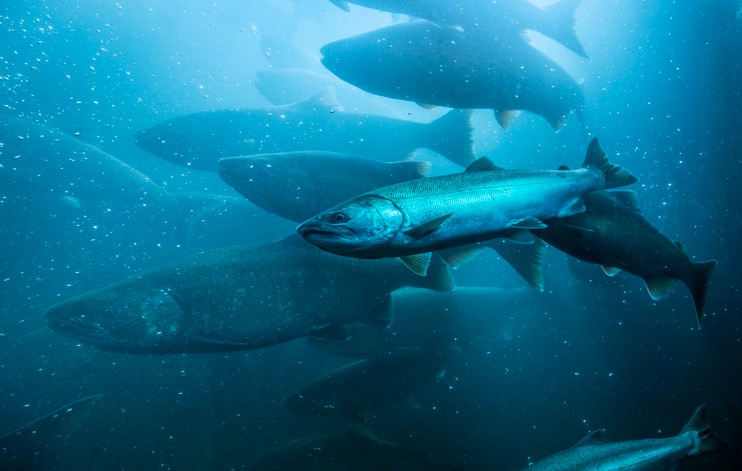
Ancient Maya built fish-trapping weirs in Belize
Discovery is first indication of aquaculture by ancient Maya
Live Science turned to a University of Cincinnati geography professor to understand the significance of the discovery of the first evidence of aquaculture among the ancient Maya.
Researchers at the University of New Hampshire discovered evidence of ancient fish-trap weirs in Belize. The ancient Maya dug a network of canals to steer fish into the weirs, providing the first evidence of aquaculture.
Researchers said the fish traps could have fed thousands of people.
UC College of Arts and Sciences Professor Emeritus Nicholas Dunning was not part of the research project but has studied the ancient Maya in Mexico and Guatemala. He said the study provides some answers to fundamental questions about how the ancient Maya thrived 4,000 years ago.
“Over the past several decades, quite a few scholars of the ancient Maya, including myself, have suggested that aquaculture may have played an important role in the development of Maya civilization,” Dunning said. “However, the present study is the first that I know of to specifically attempt to test this hypothesis.”
Dunning called the study an important work in helping scholars of the ancient Maya understand the origins of sedentary society in the region.
Featured image at top: Researchers discovered evidence of aquaculture by the ancient Maya in Belize thousands of year ago. Photo/Dave Alan

UC Professor Emeritus Nicholas Dunning spoke to Live Science about the discovery that the ancient Maya practiced aquaculture by catching fish in weirs. Photo/Joseph Fuqua II/UC
UC researchers reveal world of ancient Maya

UC student Jeff Brewer and UC Professor Nicholas Dunning work at an archaeological site in Mexico's Yucatan Peninsula. Photo/Provided
Related Stories
Ohio nurses weigh in on proposed federal loan rule
December 12, 2025
Spectrum News journalist Javari Burnett spoke with UC Dean Alicia Ribar and UC nursing students Megan Romero and Nevaeh Haskins about proposed new federal student loan rules. Romero and Haskins, both seniors, were filmed in the College of Nursing’s Simulation Lab.
Bearcat Mascot, Cheer Team and scholarships help celebrate Decision Day
December 12, 2025
Cincinnati media organization provided news coverage of Decision Day activities at the University of Cincinnati on Dec. 10, 2025. Surprise announcements of the 2026 Marian Spencer Scholarship recipient occurred during the day.
UC awarded nearly $1 million to help fight infant obesity spike
December 12, 2025
University of Cincinnati researcher Cathy Stough spoke with Spectrum News1 about a nearly $1 million National Institutes of Health grant awarded to UC to help prevent infant obesity through early nutrition support and family-based interventions.
